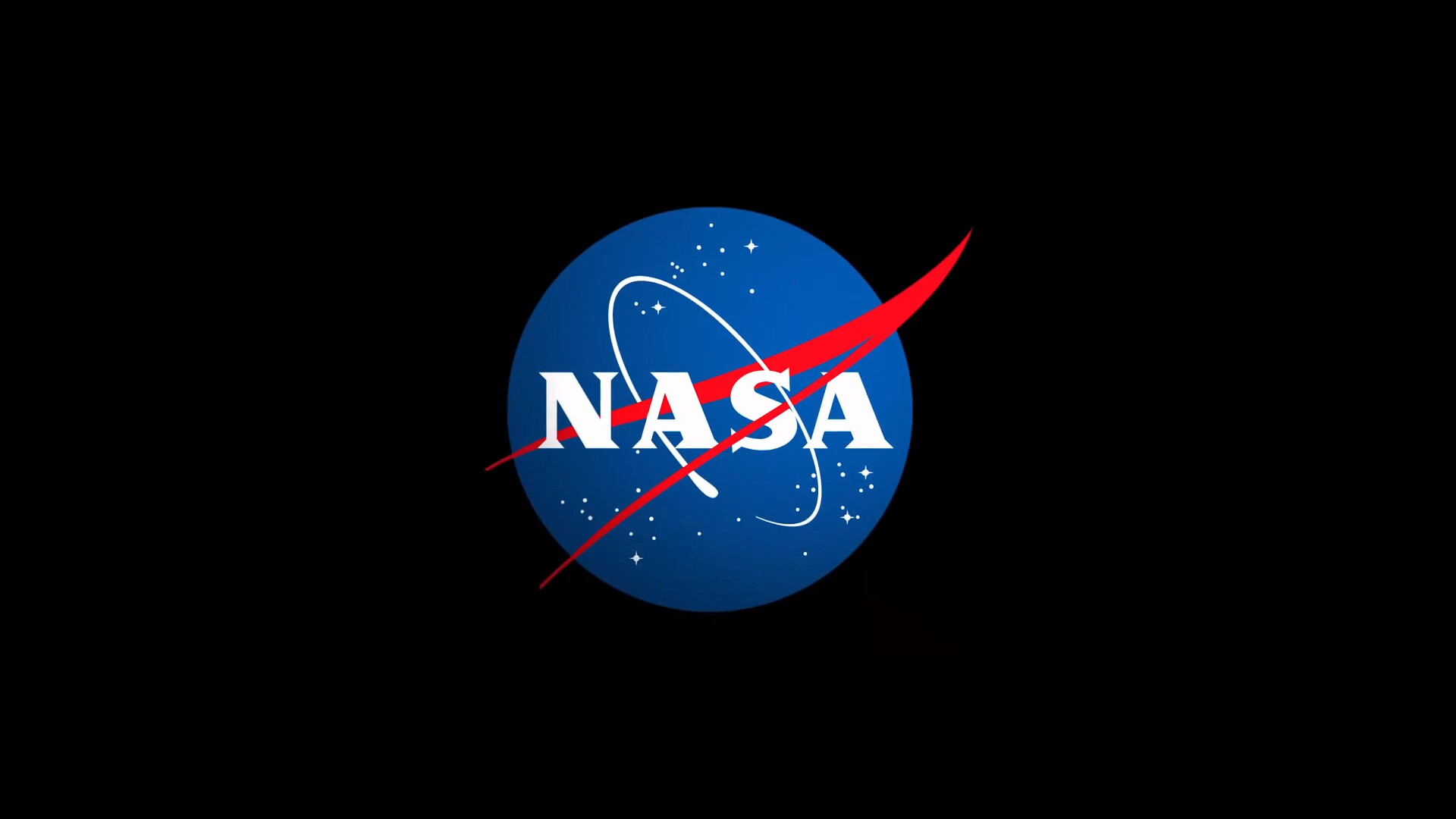NASA Administrator Bill Nelson shared on Monday the agency’s path forward on the Mars Sample Return program, including seeking innovative designs to return valuable samples from Mars to Earth. Such samples will not only help us understand the formation and evolution of our solar system but can be used to prepare for future human explorers and to aid in NASA’s search for signs of ancient life.
Over the last quarter century, NASA has engaged in a systematic effort to determine the early history of Mars and how it can help us understand the formation and evolution of habitable worlds, including Earth.
Bringing the Mars Samples back to earth
The quest to bring back samples from Mars has been a longstanding dream for planetary scientists and space enthusiasts alike. The idea of holding a piece of the Red Planet in our hands, studying its composition, and unlocking the secrets of our celestial neighbor is a tantalizing prospect that has captured the imaginations of many.
NASA’s latest announcement of setting a path to return Mars samples and seeking innovative designs marks a significant milestone in this exciting journey. By opening up the challenge to the wider scientific community and inviting fresh perspectives, NASA is paving the way for groundbreaking discoveries and technological advancements.
For STEM enthusiasts and college students interested in space exploration and planetary science, NASA’s Mars Sample Return program offers a wealth of opportunities to learn from and emulate success in their respective fields. By following the agency’s approach to collaboration, innovation, and strategic planning, aspiring scientists and engineers can gain valuable insights into the complexities of space missions and the importance of interdisciplinary teamwork.
By engaging with NASA’s initiatives and keeping abreast of the latest developments in space exploration, students and young professionals can hone their skills, expand their knowledge base, and potentially contribute to future missions to Mars and beyond. The quest for Mars samples provides a real-world example of how scientific curiosity, technological ingenuity, and international cooperation can push the boundaries of human exploration and expand our understanding of the cosmos.
As we look to the future, the implications of NASA’s Mars Sample Return program extend far beyond scientific discovery. The innovative designs and cutting-edge technologies developed for this mission have the potential to drive advancements in various industries, from aerospace engineering to materials science. By investing in STEM education and fostering a culture of innovation, we can nurture the next generation of scientists and engineers who will continue to push the boundaries of human knowledge and shape the future of space exploration.
Leadership Insight
The Mars Sample Return program is not just about bringing pieces of Mars back to Earth; it’s about pushing the boundaries of human exploration and expanding our understanding of the universe. By fostering collaboration, innovation, and a passion for discovery, we can inspire the next generation of STEM enthusiasts to pursue their dreams and make a meaningful impact on the world. As we embark on this monumental journey to unlock the mysteries of Mars, let us remember that the possibilities are truly endless, and the future is ours to shape.
NASA missions represent the ultimate expression of what we can achieve through collaboration, innovation, and hard work. They are a shining example of what humanity can accomplish when we set our minds to something.
Despite all constraints, challenges, and difficulties, NASA represents humanity’s ability to rise above our differences and solve our greatest challenges. It’s a symbol of our collective potential.

At just 0.5% of the total federal budget, NASA operates on a shoestring budget compared to many other government programs.
I like to write aboutScience and Technology and other science and technology discoveries on my website for my own easy reference and to share with everyone who is interested.
If you like this story you should check out some of the other stories in the Science Section
To check the original story Click here


